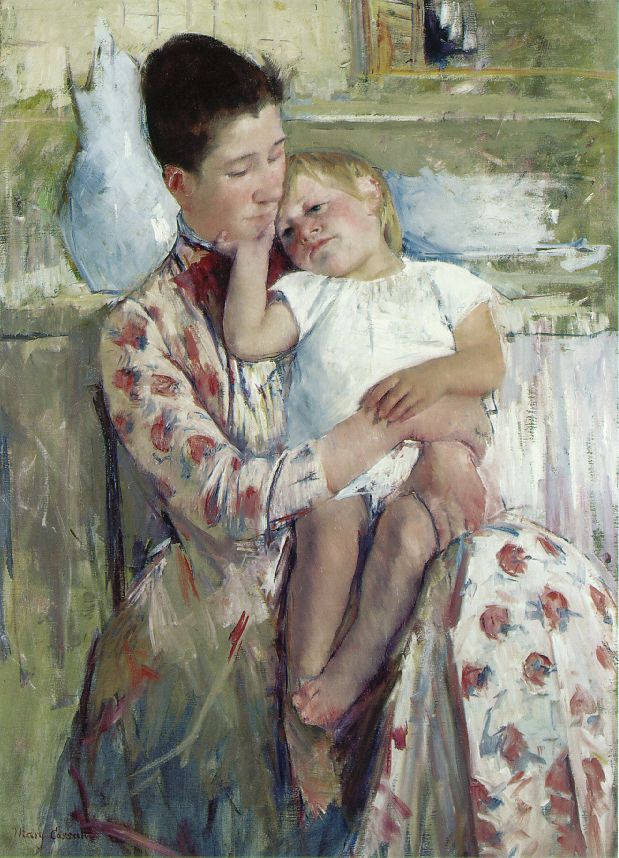I have often marvelled at how eighteenth and nineteenth century authors of cookbooks dedicated whole chapters to invalids (and even to captains of ships). Those chapters have inspired me to post about herbal candy and lemon jelly and if more sweet dishes had been categorized as such by Hannah Glasse, more of her recipes would have found their way into this blog. Pudding, for instance.
Because I'm not allowed to eat raw fruit or vegetables for a while, I looked for a pudding that could serve as both 'invalid food' and 'comfort food'. What I discovered: During the long, nineteenth, century, best-selling authors like Eliza Leslie, Elizabeth Acton, and Mary Jewry continued the English tradition of puddings made with apples, potatoes and/or carrots. These puddings were served at the end of a meal, for dessert; today, simplified versions of apple pudding are generally considered as baby food. Back in the 19th century, rich puddings were loaded eggs, butter and cream while economical versions used milk and suet. Mixtures for baked pudding were also thickened with eggs and, sometimes, with breadcrumbs or crushed ratafia biscuits that were already loaded with flavor.
 |
| Mother and Child - Mary Cassatt (1890) |
The recipe featured below is a simplified version of Eliza Leslie's Baked apple pudding from Seventy-five receipts for pastry, cakes and sweetmeats (1828). In fact, it's a recipe for baked apple-tart because the apple mixture is filled into a shell of puff pastry:
Although this recipe was not categorized under 'preparations for the sick' (Miss Leslie's first cookbook did not have this section at all), dishes that were actually meant for invalids contained as much sugar as today's featured pudding. This is because eighteenth, nineteenth century people rarely felt guilty about eating sweet foods. Pellegrino Artusi, who advised his followers to eat a little of everything and began his day with 'health cookies', was likely an exception. There were also those who recognized the danger much earlier than this: 12th century author of Physica, Hildegard of Bingen warned that over-consumption of honey was not good for your body. On the other hand, in times when the average person, male or female, weighed much less that we normally weigh today, since they more or less walked everywhere, or took daily walks that they called 'exercise', meals for the privileged classes would always end with dessert.

Comments